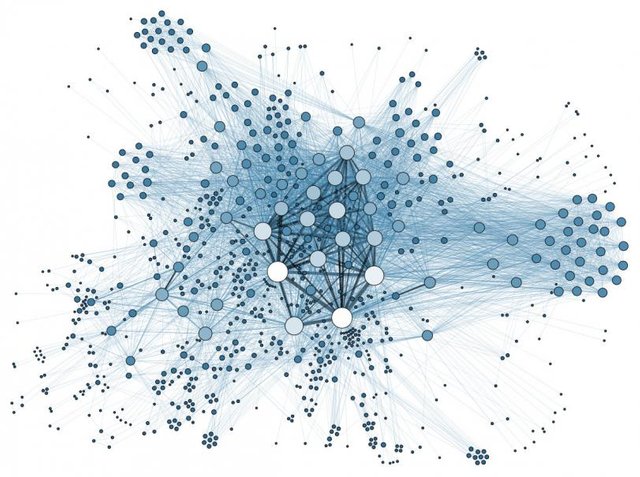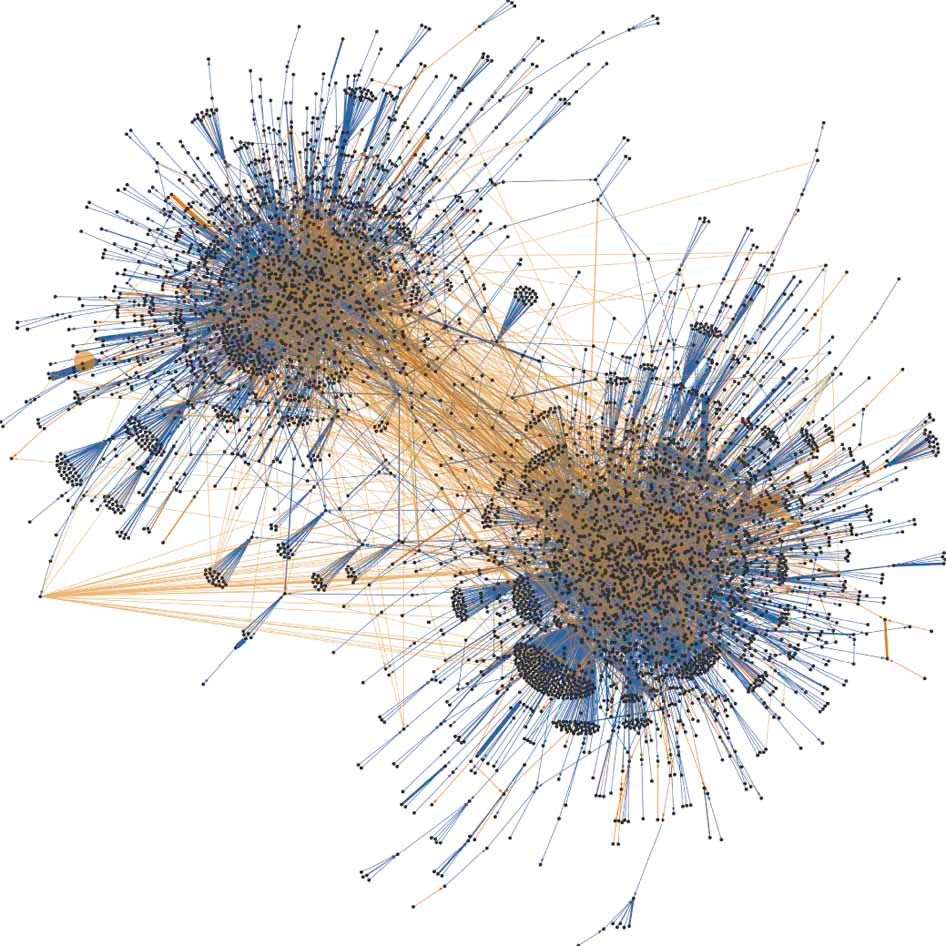Urban Design: Cities as Complex Systems

Cities have been treated as systems for fifty year but only in the last two decades has the focus changed from aggregate equilibrium systems to more evolving systems whose structure merges from the bottom up.
Applications of physical analogies to social and city systems, particularly ideas about gravitation and potential, had been explored since the mid 19th century under the banner of ‘social physics’ and as transportation planning formally began in the 1950s, these ideas were quickly adopted as a basis for transport modeling.
Softer approaches in sociology and political science also provided support for the idea of cities as organizational systems while the notion of cybernetics as the basis for management, policy and control of cities was adopted as an important analogy in their planning.

The key ideas defined cities as sets of elements or components tied together through sets of interactions.
The archetypal structure was fashioned around land use activities with economic and functional linkages between them represented initially in terms of physical movement, traffic. The key idea of feedback, which is the dynamic that holds a general system together, was largely represented in terms of the volume and pattern of these interactions, at a single point in time.
Longer term evolution of urban structure was not central to these early conceptions for the focus was largely on how cities functioned as equilibrium structures. The prime imperative was improving how interactions between component land uses might be made more efficient while also meeting goals involving social and spatial equity.
Transportation and housing were of central importance in adopting the argument that cities should be treated as examples of general systems and steered according to the principles of cybernetics.

I hope this is a concise version of a much detailed article. At the same time, I'd like to point out the fact how these inter-connections and co-relations are reflected in the physical structure of a city. Interestingly, most western cities are proactively planned or designed, which in turn shaped these connections. On the other hand, most historic cities in Asia have physical structures that have been sequentially built up and nurtured by these connections to what they are today, what is commonly known as organic growth.